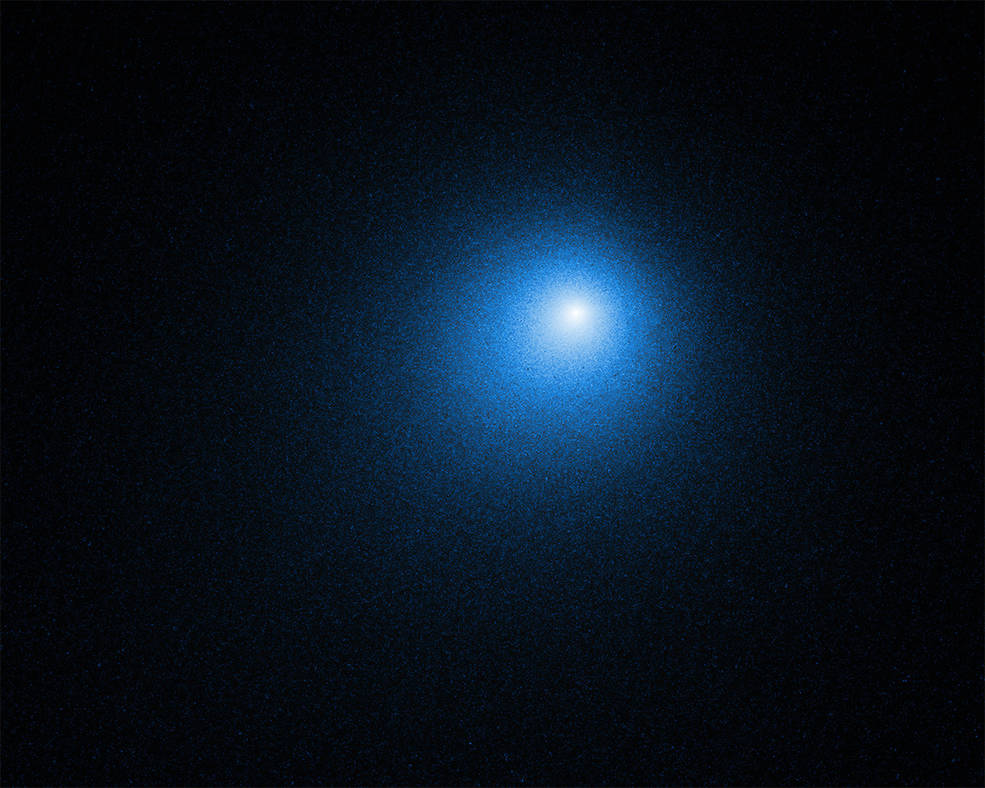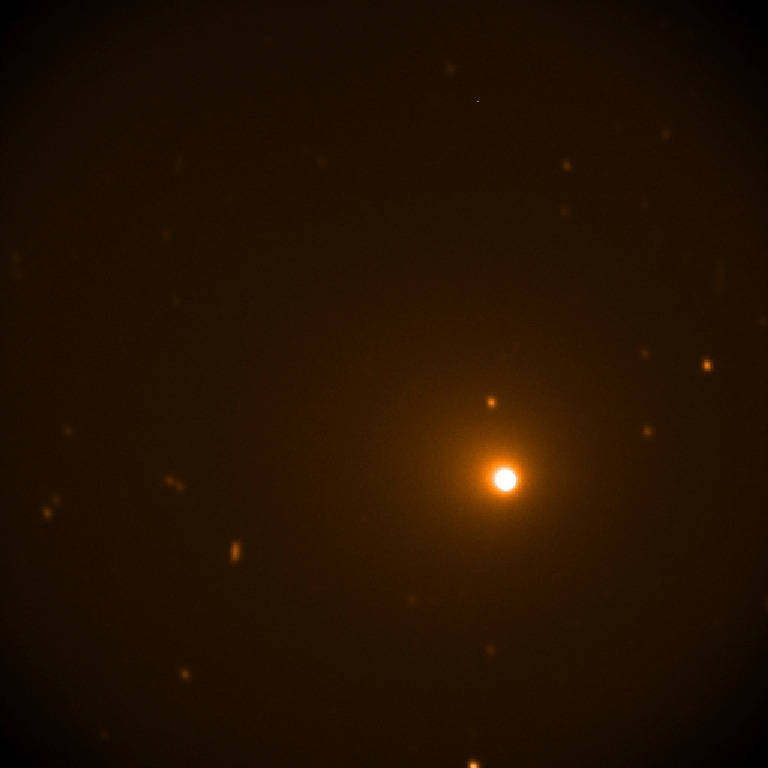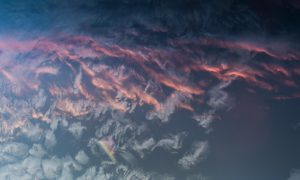NASA’s Hubble Space Telescope captured a comet 46P/Wirtanen on Dec. 13. When the comet was 7.4 million miles (12 million kilometres) from the Earth, NASA shows off some lovely images of the brightest comet of 2018. To make this composite image, the colour blue was applied to high-resolution grayscale exposures acquired from the spacecraft’s Wide Field Camera 3 (WFC3) instrument. The Hubble Space Telescope is an international cooperation between NASA and ESA (European Space Agency). This ball of ice and rock is called 46P/Wirtanen. The visible light makes the comet itself somewhat difficult to see, but it is located within the brightest central region of a fuzzy glow from the comet’s coma. ( Coma is a cloud of gas and dust that the comet has ejected during its motion through the inner solar system due to heating from the Sun). In fact, it is a mixture of dust and gas that the icy object begins to eject as it gets closer and closer to the Sun. The close approach is valuable for making science observations from Earth. The most interesting thing is that it forms the iconic “tail”.
Related: ISRO to launch 32 missions, including Chandrayaan-2, in 2019

Image Credits: NASA/SOFIA
According to NASA, “Comet 46P/Wirtanen orbits the Sun once every 5.4 years, much quicker than the 75-year orbit of the more famous comet Halley,” Also, “Most of its passes through the inner solar system are much farther from Earth, making this year’s display particularly notable.” Comets and asteroids may be the source of Earth’s water.
In the wake of new research and theories, NASA and other scientific bodies around the world have plenty of reason to study comets as they might have been responsible for delivering large quantities of water to Earth in the distant past.
Image Credits: NASA/SOFIA
Normally, the inner part of a comet’s coma is not accessible from Earth, that is why, NASA combined the unique capabilities of Hubble, NASA’s Chandra X-ray Observatory and the Neil Gehrels Swift Observatory to study how gases are released from the nucleus, the composition of comet’s ices, and the chemical alteration of gas in the coma by sunlight and solar radiation. NASA’s Stratospheric Observatory For Infrared Astronomy (SOFIA), took this image of the comet on Dec. 16 and 17 when the aircraft was flying at 40,000 feet. SOFIA is studying the chemical fingerprints of different types of hydrogen in the comet’s water, which will help to learn about the origins and history of water in the solar system — including Earth’s oceans. The SOFIA image was taken with the telescope’s visible-light guide camera, using an orange filter to indicate the intensity of light relative to other objects. SOFIA’s observations using infrared light to study the comet’s water are now under analysis.
It is the brightest comet of 2018 and is only barely visible to the unaided eye even where the sky is very dark. It is best experienced through binoculars or a telescope.
Source: NASA



















